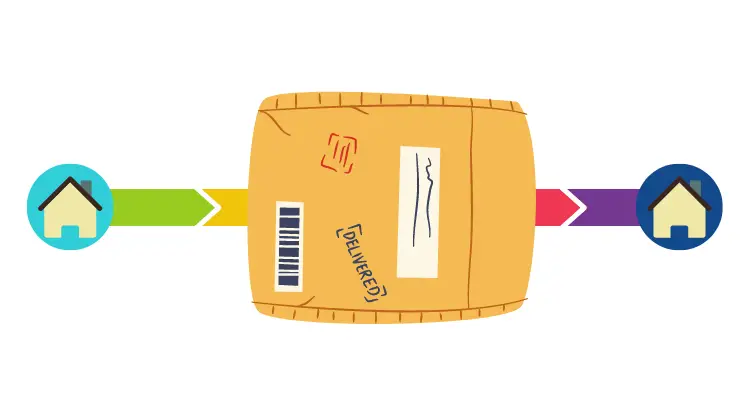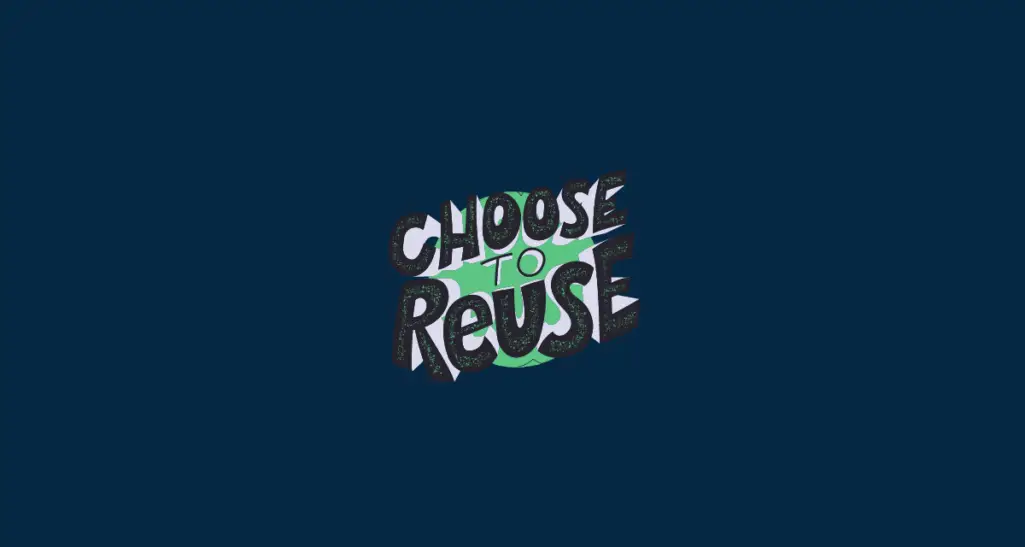 Ryan Barone (@ballcardgenius on TikTok, Card Expert) is a lifelong member of the hobby. He has been quoted in PSA Magazine, and his content has regularly been mentioned in “Quick Rips” (the Topps RIPPED Newsletter) and across other hobby publications. Join his 8,600 followers on TikTok! hello@ballcardgenius.com; Last Time Ago LLC dba Ballcard Genius.
Ryan Barone (@ballcardgenius on TikTok, Card Expert) is a lifelong member of the hobby. He has been quoted in PSA Magazine, and his content has regularly been mentioned in “Quick Rips” (the Topps RIPPED Newsletter) and across other hobby publications. Join his 8,600 followers on TikTok! hello@ballcardgenius.com; Last Time Ago LLC dba Ballcard Genius.
Affiliate Disclosure: This post contains affiliate links. As I am a part of the eBay Partner Network and other programs, if you follow these links and make a purchase, I’ll receive commission. As an Amazon Associate, I earn from qualifying purchases.
Did you know that Pokémon cards have been popular for a long time? I’m talking pre-pandemic. I mean, probably, right? Or, perhaps you’ve just caught on to the phenomenon once 2020 hit?
Either way, welcome!
In general, the popularity of the Pokémon franchise – which includes video games, TV shows, and movies – has helped make Pokémon cards even more popular. For instance, my household is primarily a sports and sports card household. Yet, my 6-year-old son caught the Pokémon bug a while ago, leading to Pokémon shirts, birthday parties, toys, and of course, cards.
Speaking of, adults and kids alike love collecting and trading Pokémon cards (and let’s not forget their core purpose…to play games with them!)
No matter their goal, many collectors look for cards that are hard to find or that have cool features, like rare artwork or special abilities (or that go by the names of Pikachu, Charizard, and Blastoise).
Some collectors also focus on specific sets or themes within the Pokémon card game, like legendary Pokémon or certain types. For example, a collector might be interested in collecting only Fire-type Pokemon (like Charmander or Flareon) or only Pokemon from the Kalos region (like Froakie or Chespin).
In 1999, some of the world’s RAREST Pokémon cards were given away to 10 lucky Japanese schoolchildren.
— The Collectibles Guru ? (@ericwhiteback) December 7, 2022
Today, these cards are worth over $6,000,000. Here’s the story… pic.twitter.com/Wpfk5AiJu9
Overall, collecting Pokémon cards can be a really fun and rewarding hobby for people of all ages.
So much so, that there is a lot of demand across the world—much of which can’t just be fed by buying unopened packs and hoping to hit a needed card. Instead, people turn to platforms like eBay and others to buy, sell, and build their collections.
Read More: How to Flip Pokémon Cards
This brings us to you—perhaps you’ve recently made a sale or agreed to a trade and are thus in a position to ship your first Pokémon card. Well, congrats! Let’s take a look at how to go about doing so.
Now, it’s important to note that everyone has different opinions on shipping Pokémon cards, just as they do when it comes to shipping sports cards and/or utilizing the eBay “PWE” Standard Envelope option. So, take all of this with a grain of salt, and adjust where needed. This is just one resource and one method among many.
How to Ship Pokémon Cards
1. Insert the Card Into a Penny Sleeve
The first thing you’ll want to do is place the Pokémon in a penny sleeve. Actually, if we are being honest, a card of any value should probably already be in a penny sleeve, but I understand how it goes! Either way, make sure it’s in a penny sleeve now.
If this is all new to you, the penny sleeve is a type of card protection that is used for storing and shipping trading cards, such as Pokémon cards. It is made of a thin, clear plastic that helps to prevent damage to the cards during handling (and shipping).

2. Insert the Sleeved Card Into a Top Loader
Once the card has been placed in the penny sleeve, gently place the card into a top loader for added rigidity and protection. Some people might prefer to use Card Savers at this point, but they are “semi-rigid” and thus not rigid enough for my liking. The top loader, though, will offer a hard plastic that can usually better protect cards from falls and impact.

3. Insert the Top Loaded Card Into a Team Set Bag
Now that the card is in both a penny sleeve and top loader, I place it into a Team Set Bag, which is a small, sealable bag. This really is just for one more layer of protection, and is especially helpful if you’re shipping more than one card.

4. Sandwich Card Between Cardboard
Next, find or cut two pieces of cardboard in rectangular shapes that are slightly larger than the sleeved card. Place the card in between the two pieces and secure each of the four sides with painter’s tape. Just like this:
FOR THOSE WONDERING…
— Crackin’ Wax (@CrackinWax) June 24, 2019
When you get a bubble mailer from us, we try our best to make sure your cards are as safe and secure as possible.
Toploaders
Team bags
Cardboard sandwich
Painter’s tape pic.twitter.com/YvM0uYNmK9
For me, this is a must for every sale, no matter if I’m shipping graded cards or raw.
5. Wrap In Bubblewrap (Optional)
So at this point, you’ll need to make the call depending on card value. For my more expensive sports card sales, I’ll place the sandwiched card into a smaller bubble mailer, and then into a larger bubble mailer. You can also just wrap the card in bubblewrap.
6. Place the Card Into Bubblemailer
Depending on what you did in the above step, place the card into a bubble mailer, which will be its final layer of protection. Seal the bubble mailer, add your label to the front, and then drop your card package off at the post office.

At the end of the day, shipping Pokémon cards can be a fun and rewarding way to share your collection with others, add to your collection, or allow you to build up funds for another card purchase!
By using the right protective sleeves and cases – and proper care – you can help to ensure that your cards arrive at their destination safely and in good condition. The last thing you want to do is build a poor shipping reputation and/or have to refund a card you just worked hard to sell.
Collecting Pokémon cards can be a “poké-monumental” task, but it’s definitely worth it for fans who want to “evolve” their knowledge of the different types of cards, their values, and tips for building a collection. By using the available online and offline resources, you can “train” yourself to become a Pokémon card – and shipping – expert and potentially “catch” some valuable cards along the way.



